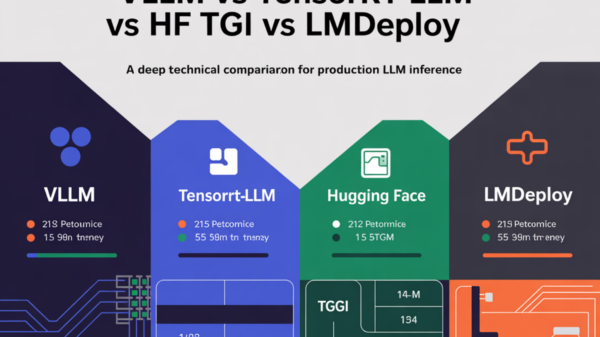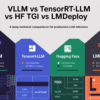The AI Investment Landscape: Navigating Potential Bubbles
For nearly two years, AI stocks have dominated the financial markets, capturing significant investor interest. However, as volatility increases, concerns are rising about whether these technological advancements can sustain their momentum or if we are on the brink of a new investment bubble.
Current Market Dynamics
Despite Nvidia’s impressive earnings report, which has long been seen as a bellwether for the AI sector, the broader market did not respond positively. This reaction suggests that even industry leaders are having difficulty maintaining a bullish atmosphere. Furthermore, companies like Oracle are resorting to accruing more debt to enhance their AI capabilities, while tighter lending conditions are causing their bond yields to rise. This indicates that capital is becoming harder to acquire, threatening the growth potential of even the most promising firms.
In a recent statement, Alphabet’s CEO highlighted the risks associated with what could be termed an “AI bubble,” warning that the repercussions might extend far beyond the headline tech firms. Current metrics, like the so-called “Buffett Indicator,” which measures the ratio of market value to GDP, are hovering above 200%. This figure exceeds levels observed during both the dot-com boom and the peaks reached in 2021.
Interestingly, while the markets appear to be on shaky ground, retail investors seem less enthusiastic than in past bubbles. The American Association of Individual Investors (AAII) survey indicates that investor optimism is currently at average levels, contrasting sharply with the exuberance typically seen in periods preceding market corrections.
Implications for Investors
With the S&P 500 and Nasdaq indices benefiting from the recent AI wave, which gained traction with the launch of ChatGPT, one can’t overlook the current price-to-earnings ratios that are significantly elevated, sitting near historic peaks. Compounding these concerns are persistent bottlenecks in energy and semiconductor supplies, alongside a tightening financial climate that is making investors more hesitant to embrace every AI pitch that comes their way.
Although the absence of a full-blown mania may mitigate the likelihood of an immediate crash, today’s high valuations suggest that any disappointing news could lead to sharper declines than those witnessed recently. The caution exhibited by investors reflects a growing realization that the expected returns on AI investments might not materialize as quickly as many had hoped.
Long-Term Considerations
While leading AI companies have seen exponential growth, the market has yet to experience a full-blown frenzy, at least for now. With the market cap-to-GDP ratio significantly outpacing historical averages, there is an underlying risk that investor enthusiasm could outstrip what the technology can deliver in the near term.
Industry leaders have voiced concerns that a slowdown in AI growth could have ripple effects across broader markets. Challenges such as hardware shortages and decreased consumer spending echo the difficulties faced during previous tech booms. As a result, both investors and companies are adopting a more cautious approach, balancing high hopes against the realities of current market conditions.
In conclusion, while the allure of AI investments continues to attract attention, the cautious sentiment among investors suggests a need for vigilance. As the landscape evolves, industry participants must navigate the delicate balance between ambition and pragmatism to ensure sustainable growth in this promising yet precarious sector.
 Kane Footwear Launches AI Character Yeti Boo to Drive Marketing for Recovery Shoe
Kane Footwear Launches AI Character Yeti Boo to Drive Marketing for Recovery Shoe AI and GEO Revolutionize Hotel Marketing: Boost Visibility and Drive Bookings
AI and GEO Revolutionize Hotel Marketing: Boost Visibility and Drive Bookings AI-Driven Email Design Boosts Engagement: Insights on Colors and Emojis That Convert
AI-Driven Email Design Boosts Engagement: Insights on Colors and Emojis That Convert AI Revolutionizes Marketing: Strategies for Blending Automation and Human Creativity
AI Revolutionizes Marketing: Strategies for Blending Automation and Human Creativity










































































